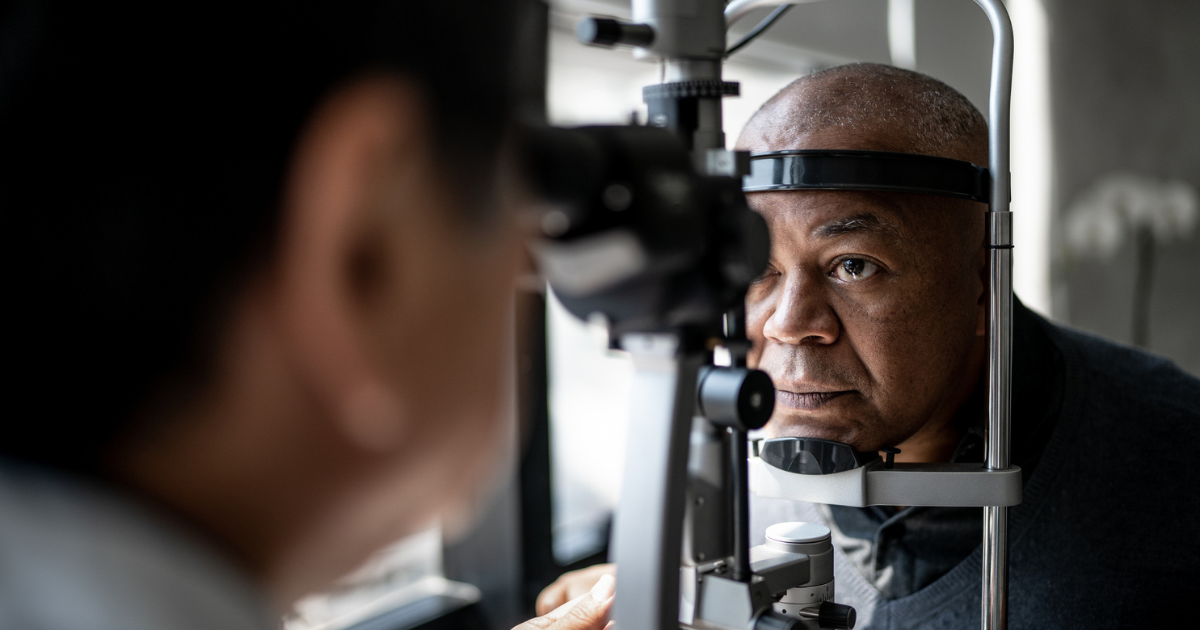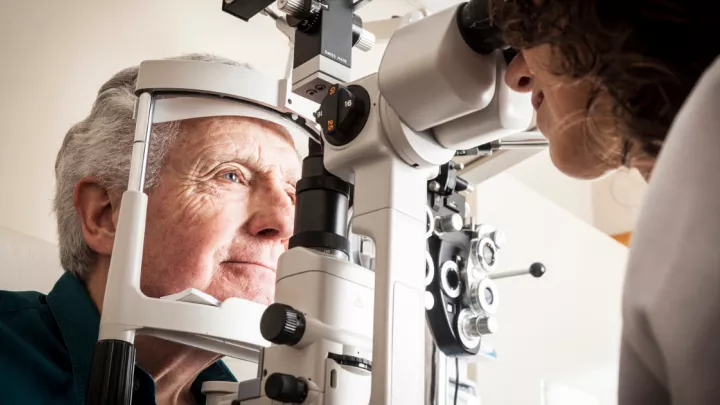How do I know if I have cataracts, and when should I seek treatment?

As we age, everyone will eventually develop some form of cataract. When and if you should get them treated depends on the severity of your cataracts. The good news is that cataract treatment removes the cataract, and it will not grow back.
A cataract occurs when the natural lens of your eye becomes cloudy. The lens is made up of proteins that can break down over the years. As the lens breaks down, your pupil may begin to look orange-brown or even white if left untreated. A cloudy lens can cause things to look blurry or less colorful. Changing your glasses will not improve your vision.
Most people will develop cataracts in both eyes, but the degree of cloudiness in each eye can vary.
Some telltale symptoms that you may have cataracts include:
- Blurry or distorted vision
- Difficulty seeing and driving at night
- Being extra sensitive to light, especially with oncoming headlights at night
- Difficulty seeing in the rain
- Double vision with only one eye open
- Bright colors appear faded or yellow
- Your pupil looks white or brownish orange.
Age is the most common cause of cataracts. While most people over 50 develop some clouding of their lenses, vision may only be affected years later. In early cataracts, vision can often be improved with glasses.
Common causes of cataracts
- Age
- Trauma to the eye
- Heredity or being born with cataracts
- Diabetes
- Steroid use
- Smoking
Diagnosing cataracts
To diagnose cataracts, your ophthalmologist will examine your eyes and perform testing. Testing involves dilating the pupil and using a special microscope that allows your doctor to see inside your eye and find the source of your blurry vision. Your ophthalmologist will also look for abnormalities in the lens and cornea, in addition to any abnormalities in the retina (the tissue covering the inside back of your eye).
A refraction and visual acuity test to assess the sharpness and clarity of your vision will also be performed. This allows your doctor to determine if your vision can be improved with a new glasses prescription. If you are diagnosed with cataracts, you should discuss your options with your ophthalmologist.
Treatment for cataracts
Surgery is the only treatment available for cataracts. If changing or increasing your prescription does not help you see better, you will likely need cataract surgery.
Cataract surgery is an outpatient procedure that involves removing the cloudy lens and replacing it with a new artificial lens called an intraocular lens, or IOL.
Surgery is typically performed in one eye at a time. Surgery in the second eye is usually performed about two weeks later if needed. You may experience some swelling in the cornea and slight pain on the first day after surgery. This improves dramatically as the days go by. Your eyes will take about six weeks to heal completely.
A second benefit of cataract surgery is that your doctor can help you choose a lens that can correct astigmatism and improve nearsightedness or farsightedness.
Over time, some people who have had cataract surgery may develop cloudiness in their lens capsule – a thin film behind the lens implant. After the eye has healed, the lens capsule tissue behind the lens doesn’t have a job anymore and may become cloudy. Cloudiness can be treated with a laser procedure that clears the thin film away from the lens.
The development of floaters is also a potential but less common risk of cataract surgery. Floaters can occur when the jelly in the back of the eye, called the vitreous, liquefies. These pieces of liquified jelly can clump together. If hit by light at a certain angle, they can cast shadows, known as floaters.
Seeing an ophthalmologist who routinely performs cataract surgery will ensure you get the best results from your surgery and the best vision outcomes.
To schedule an assessment with an ophthalmologist, call 800.922.0000. See a list of Nebraska Medicine ophthalmologists who specialize in cataract surgery.







